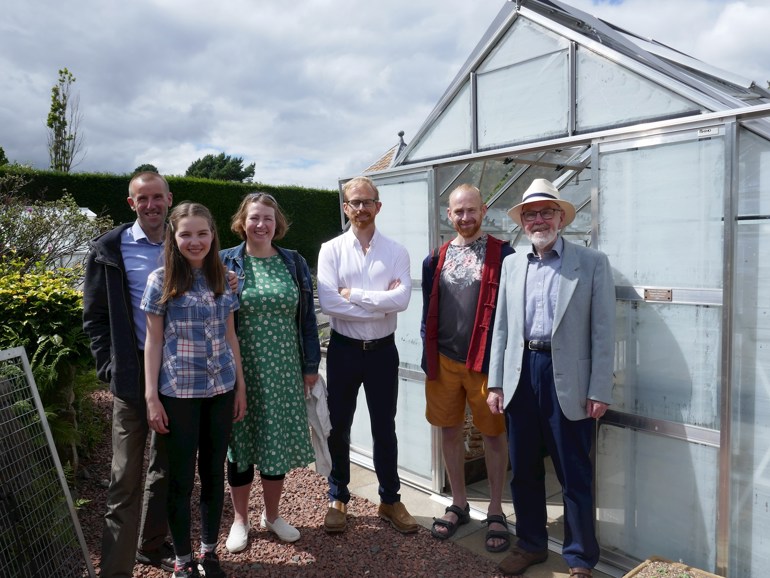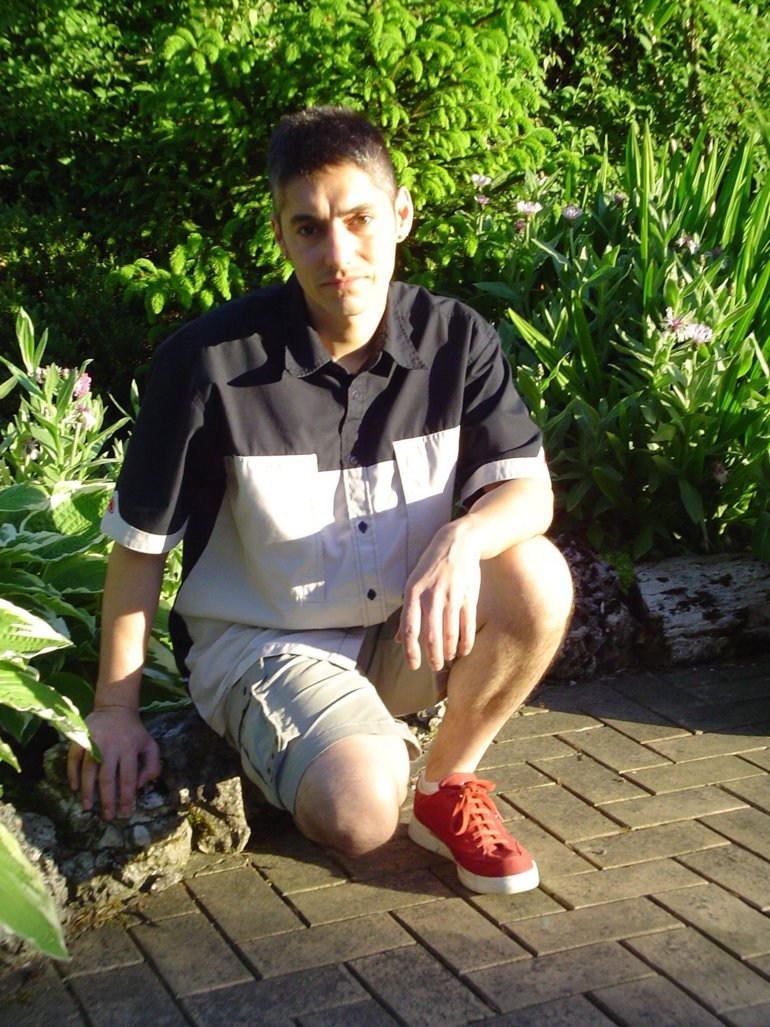Born in rural Yorkshire in 1921, Mary started life as a farm girl and trained as a school teacher. She met her husband, Scott, in 1942 and they settled in Edinburgh, where her love for the countryside, plants and wildlife grew.
Once she retired she and Scott travelled widely, with Mary filling her notebooks with observations on the plants she found. Her enthusiasm for plants is carried on by friends and family alike.
In this interview, Mary’s daughters, Jane Robertson Vernhes and Lesley Still, reflect on their mother’s love for, and gift to, the Royal Botanic Garden Edinburgh.
What was your mother’s connection to the Garden?
Our mother’s love of nature and plants started with her childhood in the Yorkshire countryside. When she and our father settled in Edinburgh, the Royal Botanic Garden became a favourite place for her to visit, to refresh her knowledge of botany and improve her new interest in gardening.
Encouraged by a friend, she became a ranger at Hopetoun House and undertook research work on the gardens there, much influenced by Sir John Hope, the first curator of the Royal Botanic Garden Edinburgh. She would occasionally consult staff from the Garden to help identify plants from Hopetoun and elsewhere.
In 2010 she created the Mary Robertson Grant for Botanical Research and became a Friend and Patron of the Royal Botanic Garden Edinburgh. She left money to the Garden in her Will, and her donation helped finalise the construction of the Botanic Cottage.
What memories of Mary’s time at the Garden stand out to you?
Her 90th birthday celebrations at the John Hope Gateway in 2011 was a particular favourite. With typical generosity, she invited 45 friends, neighbours and family members to lunch in a setting that allowed us to share her love of, and interest in, the Garden.
What did she value most about the work of the Garden?
She was most impressed by the research work to better understand the botany and ecology of Scotland’s native plants and to ensure their conservation. As a teacher herself, she also valued the commitment to education for everyone – from school children to senior citizens – with hope that learning would become increasingly accessible and inclusive for the whole community.
How do you feel about your mother’s legacy gift to the Garden?
Wonderful! We were delighted for Mum’s legacy to be used in the construction of the Botanic Cottage, as it is a long-lasting testimony to her generosity and commitment to the work of the Garden. We considered it highly appropriate, given our mother’s background as a primary school teacher, her interest in teaching children of all backgrounds about nature, and of course, the link with Hopetoun House, where she had spent many happy years.



